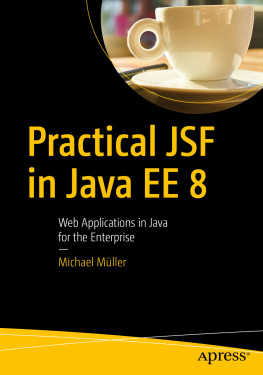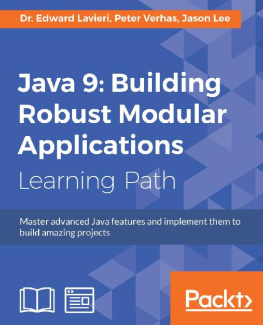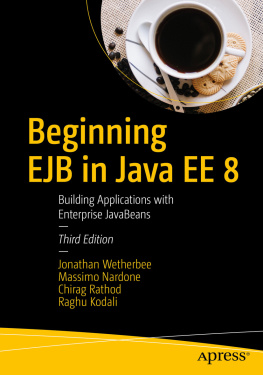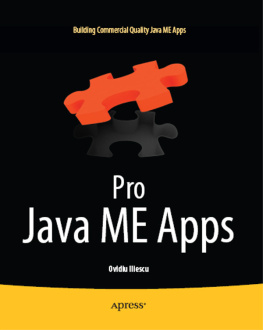Fu Cheng [Fu Cheng] - Exploring Java 9: Build Modularized Applications in Java
Here you can read online Fu Cheng [Fu Cheng] - Exploring Java 9: Build Modularized Applications in Java full text of the book (entire story) in english for free. Download pdf and epub, get meaning, cover and reviews about this ebook. year: 2017, publisher: Apress, genre: Computer. Description of the work, (preface) as well as reviews are available. Best literature library LitArk.com created for fans of good reading and offers a wide selection of genres:
Romance novel
Science fiction
Adventure
Detective
Science
History
Home and family
Prose
Art
Politics
Computer
Non-fiction
Religion
Business
Children
Humor
Choose a favorite category and find really read worthwhile books. Enjoy immersion in the world of imagination, feel the emotions of the characters or learn something new for yourself, make an fascinating discovery.
- Book:Exploring Java 9: Build Modularized Applications in Java
- Author:
- Publisher:Apress
- Genre:
- Year:2017
- Rating:5 / 5
- Favourites:Add to favourites
- Your mark:
Exploring Java 9: Build Modularized Applications in Java: summary, description and annotation
We offer to read an annotation, description, summary or preface (depends on what the author of the book "Exploring Java 9: Build Modularized Applications in Java" wrote himself). If you haven't found the necessary information about the book — write in the comments, we will try to find it.
Exploring Java 9 also serves as a practical guide for migration to module systems. Code samples from real-world scenarios solidify a foundation for learning and development and allow you to apply best practices in actual development.
Additionally, youll learn about concurrency, ECMAScript 6 features in Nashorn and Parser API, stack-walking API, Stream and Optional, utilities classes, and I/O. And its now possible to build modularized applications in Java. Youll see how JPMS affects not only the JDK itself, but also applications that are developed upon it.
What Youll Learn
Build modularized applications in Java Migrate to module systems Master enhanced method handles
Who This Book Is ForJava developers with basic development skills
Fu Cheng [Fu Cheng]: author's other books
Who wrote Exploring Java 9: Build Modularized Applications in Java? Find out the surname, the name of the author of the book and a list of all author's works by series.

![Fu Cheng [Fu Cheng] Exploring Java 9: Build Modularized Applications in Java](/uploads/posts/book/119397/thumbs/fu-cheng-fu-cheng-exploring-java-9-build.jpg)




![Alexandru Jecan [Alexandru Jecan] - Java 9 Modularity Revealed: Project Jigsaw and Scalable Java Applications](/uploads/posts/book/119405/thumbs/alexandru-jecan-alexandru-jecan-java-9.jpg)

![Vishal Layka [Vishal Layka] - Learn Java for Web Development: Modern Java Web Development](/uploads/posts/book/119395/thumbs/vishal-layka-vishal-layka-learn-java-for-web.jpg)




